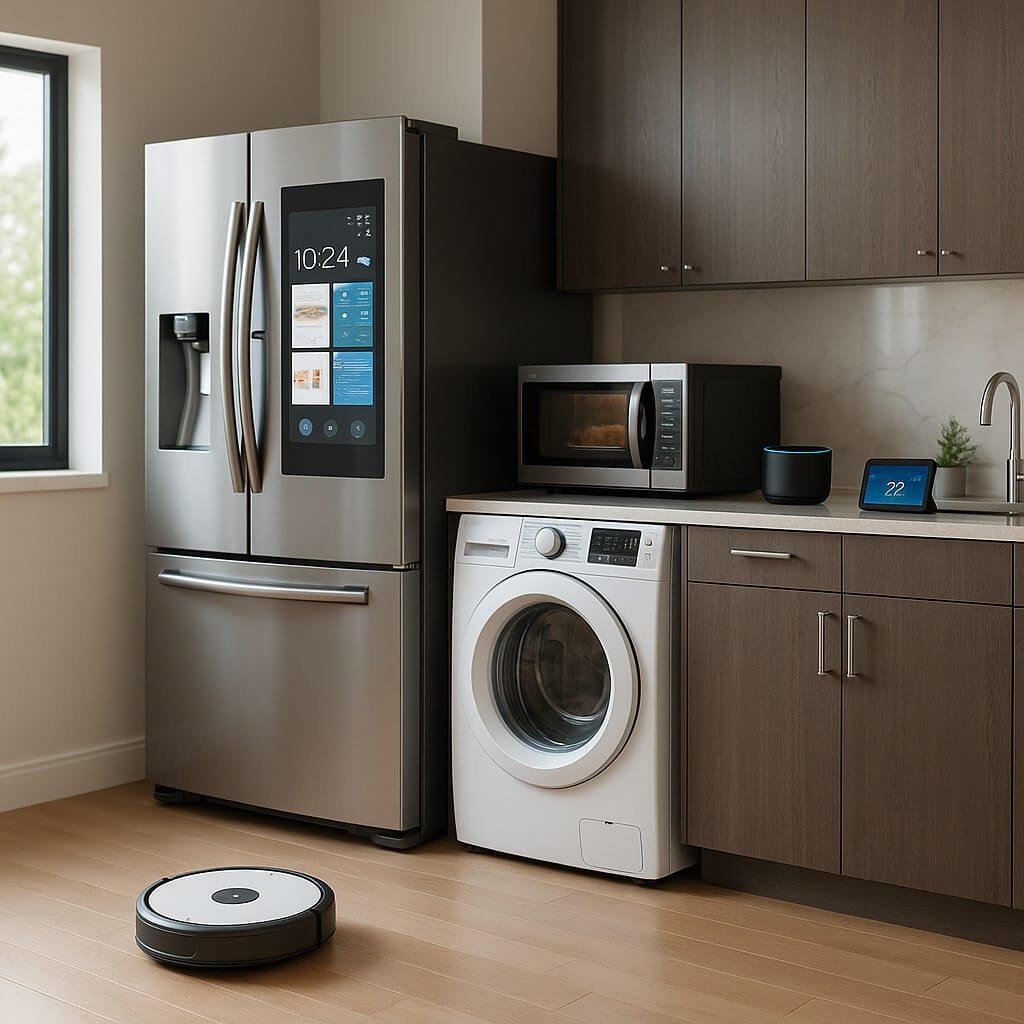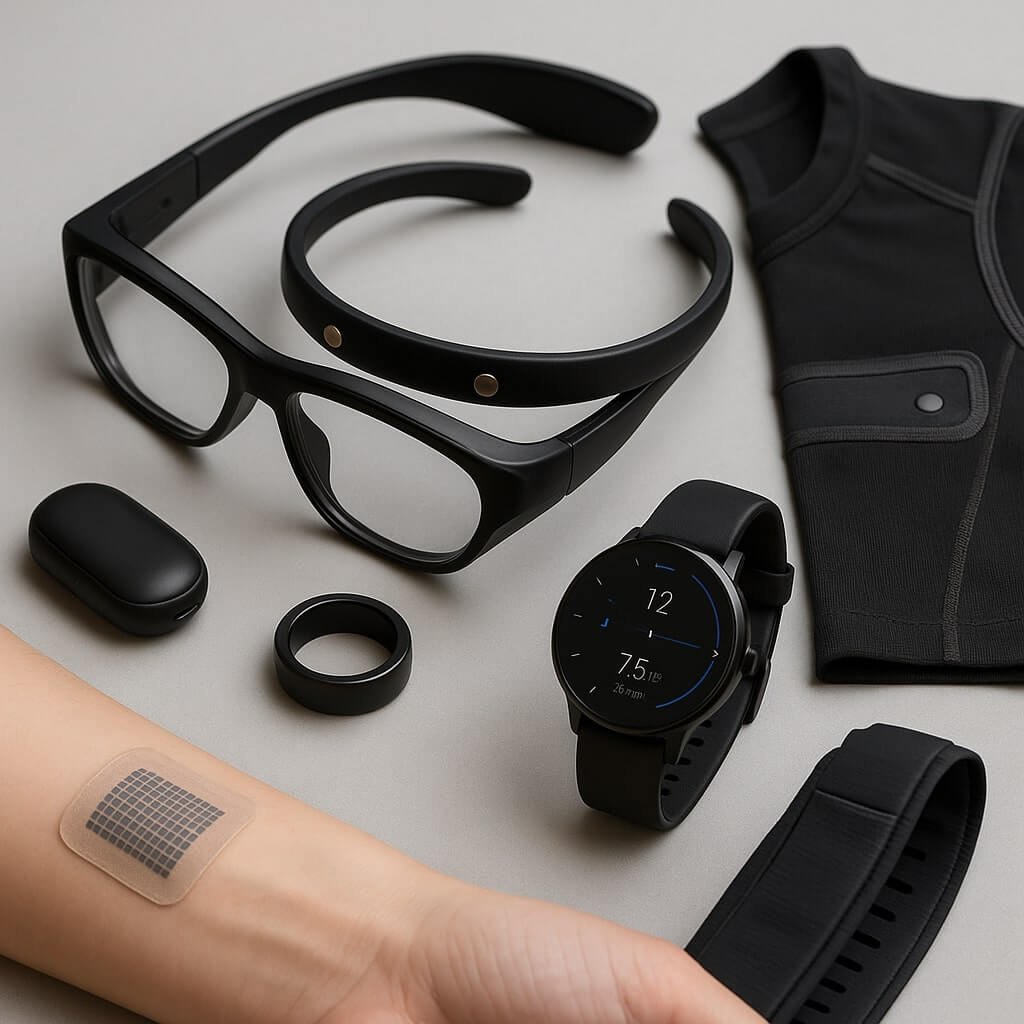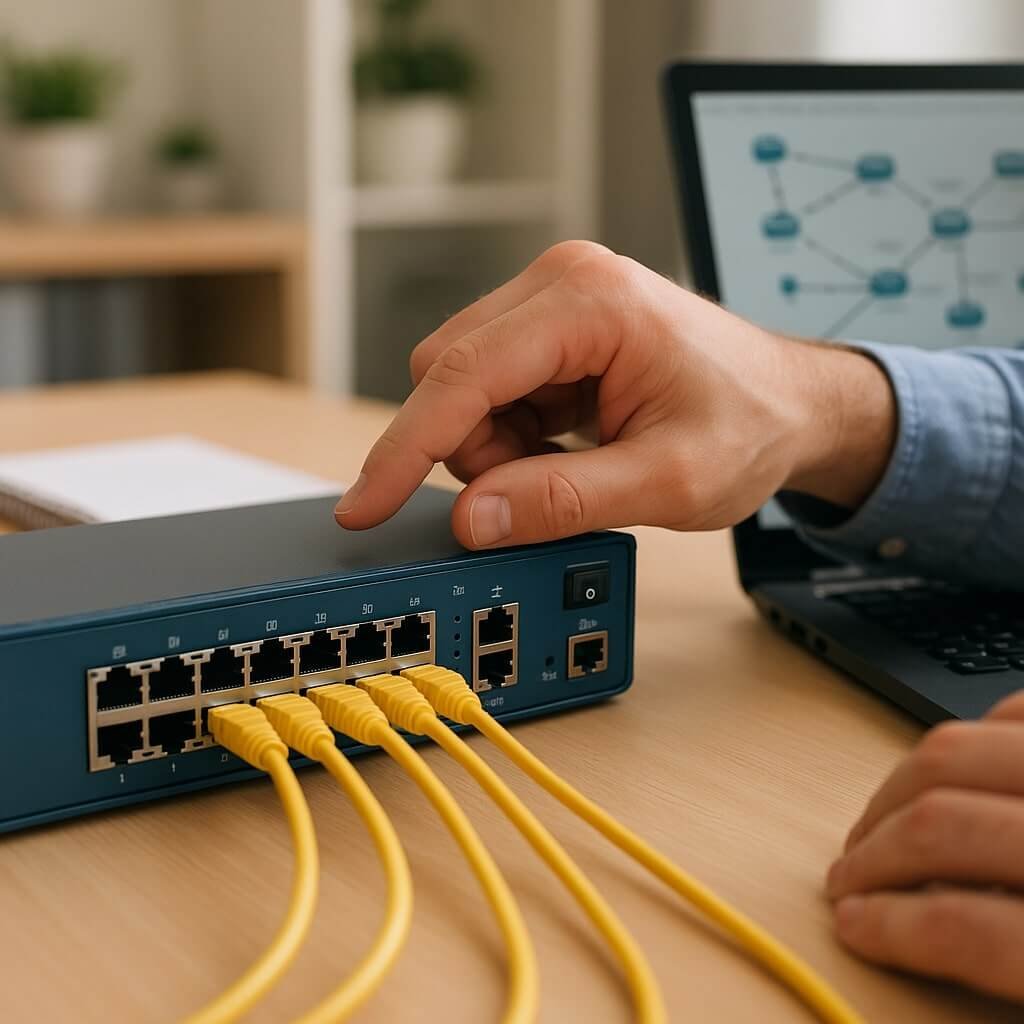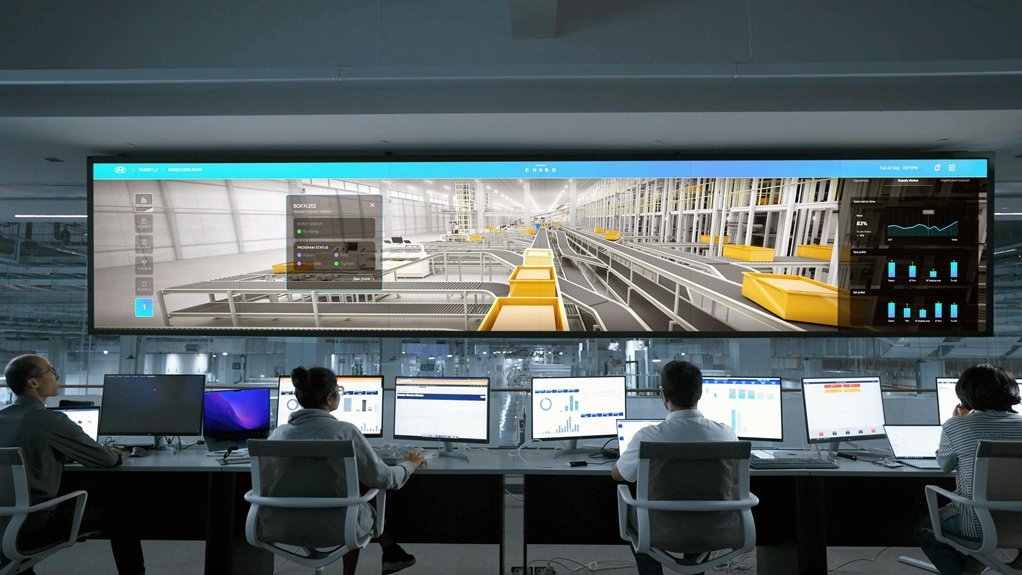The modern home is evolving at a breakneck pace. What started as basic home automation — think thermostats and motion sensor lighting — has transformed into fully integrated smart ecosystems powered by Artificial Intelligence (AI). Today, AI appliances are reshaping the concept of home living by making everyday tasks easier, more efficient, and highly personalised.
This article explores the rise of AI in smart home appliances, how it’s changing domestic life, and what consumers can expect shortly.
The Rise of AI Appliances in Smart Homes
AI-powered appliances are no longer futuristic concepts — they are tangible assets in many households. From AI washing machines that analyze fabric type and soil level, to refrigerators that monitor expiration dates and suggest recipes, intelligent devices are streamlining the user experience.
Key AI-Driven Appliances Leading the Charge
- Smart Refrigerators
- Use machine learning to track inventory.
- Recommend meal plans based on ingredients.
- Integrate with voice assistants to add items to grocery lists.
- AI Washing Machines
- Automatically adjust detergent levels and cycle times.
- Learn user preferences for fabric care.
- Notify users when maintenance is needed.
- Robotic Vacuum Cleaners
- Map out floor plans using AI vision systems.
- Avoid obstacles in real time.
- Self-schedule cleaning routines.
- Smart Ovens and Microwaves
- Detect food weight and type for optimal cooking.
- Voice-controlled and remotely operable.
- Suggest recipes and preheat before arrival.
- Intelligent HVAC Systems
- Adjust the temperature based on daily routines.
- Use predictive analytics to reduce energy consumption.
- Integrate with weather forecasting for proactive adjustments.
How AI Enhances the Smart Home Experience
1. Personalisation
AI thrives on data. The more an appliance interacts with its environment and users, the more it learns. This enables tailored recommendations, like music playlists on smart speakers or personalised lighting scenes in multi-room setups.
2. Energy Efficiency
AI optimises energy usage by detecting when a room is unoccupied or by analysing usage patterns. Smart thermostats, for example, can reduce energy bills by 15% or more through intelligent adjustments.
3. Predictive Maintenance
AI-powered diagnostics can detect potential problems before they escalate. Appliances now alert homeowners to service requirements, often even contacting the service provider automatically.
4. Seamless Integration
With centralised platforms like Google Home or Amazon Alexa, users can control all AI appliances via a single app or voice interface. This cross-device compatibility is driving widespread adoption.
Challenges of AI in Smart Homes
Despite the benefits, the adoption of AI in smart homes is not without its hurdles:
- Privacy Concerns: AI appliances collect vast amounts of data, raising questions about how it is stored, used, and protected.
- Cost of Entry: AI-driven appliances often come with a higher upfront price tag.
- Interoperability: Not all devices speak the same “language,” which can limit integration.
- Learning Curve: Users may find setup and usage initially complex, especially those less tech-savvy.
The Future of AI in Smart Homes
The future promises deeper contextual understanding and proactive behaviour. AI will increasingly:
- Anticipate needs (like prepping morning coffee automatically).
- Manage household energy portfolios in real time.
- Learn and adapt to emotional cues for mood-based lighting, music, and temperature.
- Support independent living for seniors with advanced monitoring and assistance.
The smart home is evolving into an intelligent companion — one that adapts, learns, and supports its residents with minimal input.
Frequently Asked Questions (FAQs)
What makes an appliance “AI-powered”?
An appliance is AI-powered when it uses machine learning, natural language processing, or predictive algorithms to make decisions, learn from user behaviour, and automate tasks without constant user input.
Are AI smart home appliances secure?
Most are equipped with encryption and security protocols, but vulnerabilities can exist. Always update firmware regularly, use strong passwords, and consider devices from reputable brands.
Do AI appliances need the internet to work?
Many features require cloud connectivity (e.g., remote control, voice integration), but basic functions often operate offline. Some advanced devices offer local AI processing for enhanced privacy.
Can AI appliances reduce electricity bills?
Yes. AI optimises usage patterns, reduces waste, and often qualifies for energy efficiency rebates. Devices like smart thermostats and lights significantly cut utility costs.
Is installation complicated?
While some devices are plug-and-play, others might require professional setup, especially for full-home integration. However, manufacturers are simplifying onboarding with app-guided processes.
Conclusion
Smart homes are entering a new era of intelligence driven by AI appliances. From daily chores to energy management and personal comfort, these innovations are transforming houses into intuitive, responsive environments.
As AI technology advances, the promise is clear: homes that not only work for us but also think for us — making life safer, simpler, and smarter






